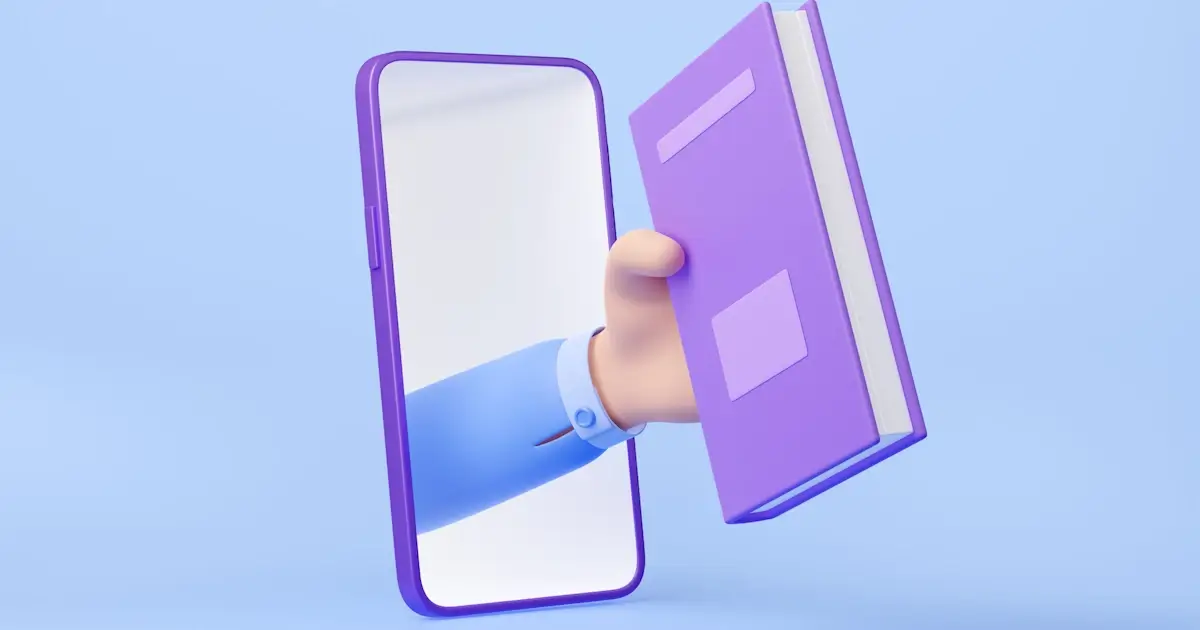The world has changed substantially since the first IKEA furniture rolled off the line, and despite experimenting with new technology in other aspects of its business, it has remained loyal to old fashioned paper instruction manuals with wordless, static instructions and too many steps.

Why the wordless instructions? As the famously mute TV comedy character, Mr Bean, illustrated they neatly side-step any language issues; one set fits all — this saves a lot of money in terms of translation and printing. But unlike Mr Bean, it doesn’t result in many laughs — and this is because it leaves too much up to the viewer’s perception and it leads to assumptions.
Some users never have a problem, others never have a build that goes right. Either way, it still takes a significant amount of time to read and familiarise yourself with a traditional instruction manual before you’ve even picked up your screwdriver.
Serious time sink
Once started, IKEA assembly instructions are split in to many stages, which is great for clarity but also a further drain on time. Anyone who has built a moderately large IKEA flat-pack would probably agree that builds can become a serious time sink.
The good news for IKEA is that there are tools emerging to provide an off-the-shelf solution. One such tool is Cadasio – a nimble piece of cloud-based software that turns CAD design straight in to 3D animations.
For example, in the clip below, we can see Cadasio smoothly showing how the drawer of the Micke product is put together. The animation takes about 8 seconds and clearly shows exactly how the drawer is assembled. On top of this, Cadasio would allow the user to rotate the 3D model of the drawer to immediately understand how this fits together.

There would be no need to show so much detail split over two stages, because the user is shown everything they need to see in one clear animation, which they can repeat or manipulate the perspective of.
Two fundamental weaknesses of the current IKEA assembly instructions can be resolved with a product like Cadasio. Then there are the many advantages that digital media in general offers over paper based instructional content, not least of which being the clear environmental benefits. And with 45% of the world’s population now owning a smartphone there is a decreasing need to rely on hardcopy as a means of communicating this sort of content.
Partnering with an app such as Cadasio could also help identify and resolve pain points where a customer becomes stuck in the assembly process as well as encourage upselling of complimentary or related products.
By adopting a more digital focussed approach to its instruction manuals, IKEA could improve its customers’ user experience, potentially drive additional sales and help save the world.
This is an abridged version of a blog written by Nick Marshall. The full blog can be read on Medium.





